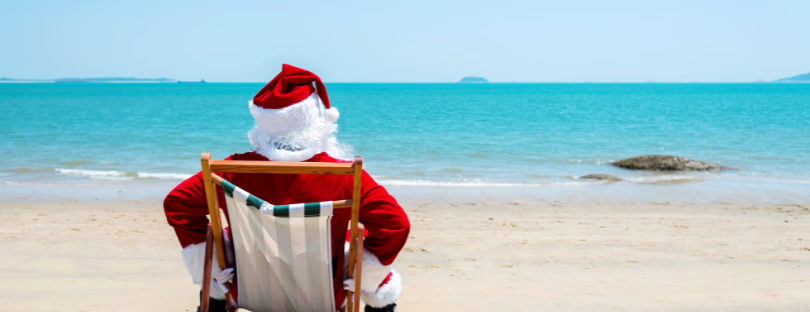
Can you bring a power bank on a plane?
Your mobile phone allows you to connect to other compatible devices, surf the internet, listen to music, play games, and capture your precious moments while traveling. Unfortunately, a smartphone is useless when it is empty. But can you bring a power bank on a plane? Check out what power bank on an airplane can be brought. Can you bring a power banks on a plane
First, power banks, which use lithium-ion batteries, need to be stored in carry-on baggage only. Second, power banks over a certain size cannot be brought onto flights at all.
Power bank in the airplane: regulations:
-
Civil Aviation Authority CAA UK Lithium Battery Regulations
Under 100Wh Lithium Battery Regulations Allowed in Carry-On Baggage in Equipment or as Spares Allowed on your person, No Airline Approval Needed Not allowed in Hold Luggage
100Wh – 160Wh Lithium Battery Regulations Allowed in Carry-On Baggage in Equipment or as Spares Allowed on your person Airline Approval Needed Not allowed in Hold Luggage
Civil Aviation Authority Lithium Battery Regulations: Source power banks on plane
- IATA EU Lithium Battery Regulations
The IATA generally give the same rules as main airlines but their document is very complex. IATA Lithium Battery Regulations document. General rules include Approval needed by airlines for batteries over 100Wh – 160Wh. generally placed in carry-on luggage and not in the hold.
- US Lithium Battery Regulations
The International Civil Aviation Organization’s latest instructions for the safe transportation of dangerous goods by air came out with a new regulation not too long ago that covers regulations related to portable electronic devices that contains lithium-ion cells or batteries. As you’ve guessed, this also includes power banks.
Check with the Airlines for carrying power banks on airplanes Can you bring a power banks on a plane
If you get the free app Soundrolling, you’re going to be able to check on different airlines because different cities have slightly varying procedures for lithium-ion batteries.
Generally, the key thing to do is to make sure you tape the ends of the connectors.
You’ve got to have them in hand luggage, like carry-ons, because you can’t have it checked in underneath.
Take something below 100Wh just to be on the safe side. For example, you can’t take anything more than 20,000 mAh with an output of 5 volts.
The app will tell you that, for instance, under 100 watts, no airline approval is needed, so obviously we’ve got over 100 watts, and you’ll need to get approval. VA, for instance, states that the maximum number of lithium-ion batteries you can carry on a flight is 4 per person.
VA also states that 100 W is acceptable to carry on a plane, but at 160 W, you’ll need airline approval, and that’s a minimum recommended time of 72 hours before you do it. They also state that you can only carry 2 power banks that are above 160 watts if they are approved by the airline, according to the FDA.
The general rule is that anything over 160 watts is banned, so you’re protected from short-circuiting by placing electrical tape over the terminals or by placing it in a protective case or a strong plastic bag.
That’s key because there’s been loads of controversy with batteries exploding on flights and carrying power banks on airplanes. Can you bring a power banks on a plane
How to Convert Wh to mAh
You may be wondering why Wh is used rather than Mah. Power banks are marketed by their milliamp hours (mAh); this standard of measurement is only useful when you’re comparing products that use the same type of battery. E.g. lithium ion, alkaline cells, or NiHN cells.
(mAh)/1000 x (V) = (Wh)
Translated: Milliamp Hours/1000 x Nominal Voltage = Watt Hours
Lithium batteries have become the preferred energy source to power a wide variety of consumer goods ranging from mobile phones to children’s toys to cars and e-bikes. Though widely used, most people are not aware that lithium batteries are dangerous goods that can pose a safety risk if not prepared following transport regulations. To help with compliance, IATA has developed guidance for shippers, freight forwarders, ground handlers, airlines, and passengers.
These devices include integrated lithium batteries, motors, power banks, GPS, GSM, Bluetooth, RFID or Wi-Fi technology.
As of January 15, 2018, baggage equipped with a lithium battery, where the lithium battery is designed to charge other devices and cannot be removed from the luggage, is forbidden for carriage by IATA.









